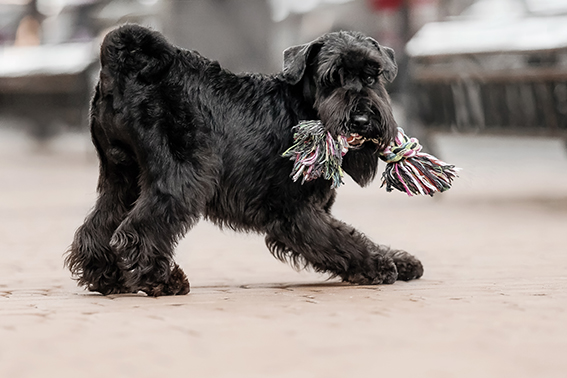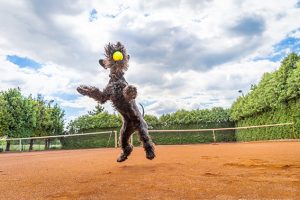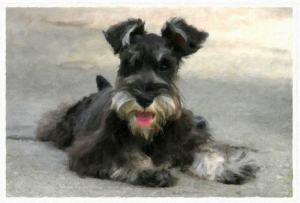Introduction to the Giant Schnauzer
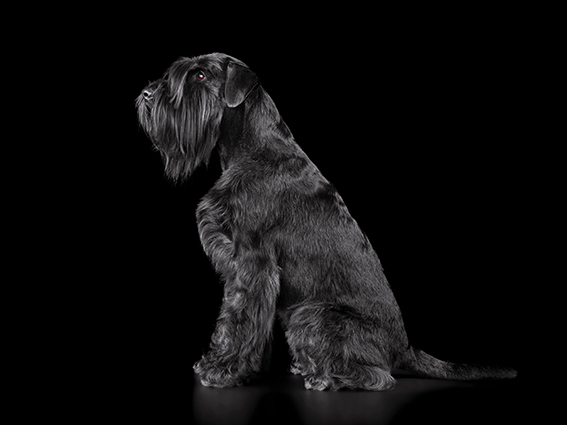
Giant Schnauzer close-up
The Giant Schnauzer is a powerful and highly intelligent breed known for its loyal and protective nature. Originally bred in Germany for cattle driving, these dogs are now cherished companions, excelling in roles like guarding, working, and family life. Their strong build and sharp mind make them suitable for active owners who can provide them with both mental and physical stimulation.
Breed Characteristics
Height: 60 to 70 cm (24-28 inches)
Weight: 32 to 45 kg (70-100 pounds)
Lifespan: 12-15 years
Temperament: Loyal, Protective, Intelligent, Energetic
Coat: Dense, wiry outer coat with a soft undercoat
Personality & Temperament
Giant Schnauzers are extremely loyal and are known to form strong bonds with their families. They’re naturally protective, making them excellent guard dogs, but with proper training, they also become gentle and affectionate companions. Early socialization is essential to ensure they are well-behaved with strangers and other pets.
Exercise and Training Needs
This breed is not for the faint-hearted. They require regular exercise—at least 90 minutes of vigorous activity per day. Whether it’s running, hiking, or playing, Giant Schnauzers thrive when they are active. Mental stimulation is equally important due to their intelligence, and obedience training is crucial to keep them from becoming overly dominant or destructive.
Grooming
Their distinctive wiry coat requires regular brushing to avoid matting. Professional grooming every 6-8 weeks is recommended to keep their coat in top shape. Trimming around the eyes and ears also helps to maintain their classic appearance.
Health Considerations
Giant Schnauzers are generally healthy, but like all breeds, they’re prone to certain health conditions. Common issues include:
- Hip Dysplasia: A hereditary condition where the thigh bone doesn’t fit properly into the hip joint.
- Bloat: A potentially life-threatening condition that affects larger breeds.
- Hypothyroidism: A condition that can affect their metabolism.
Regular vet visits, a healthy diet, and proper exercise can help maintain their well-being.
Is the Giant Schnauzer Right for You?
Giant Schnauzers are best suited for experienced dog owners who can commit to their exercise, training, and grooming needs. They are not a good fit for apartment living due to their size and energy levels. However, if you have the space and time to devote to them, you’ll have a fiercely loyal and loving companion.
Conclusion
The Giant Schnauzer is a remarkable breed for those who lead active lifestyles and are looking for a loyal, protective companion. With the right care, training, and attention, they can thrive in both work and family environments.
The History of the Giant Schnauzer: From Farm Dog to Loyal Guardian
The Giant Schnauzer, known today as a loyal guard dog and protective family pet, has a long and rich history that spans centuries. Its origins can be traced back to the agricultural regions of southern Germany, where it was originally bred for work on farms. Here’s a closer look at the history of this formidable and intelligent breed.
The History of the Giant Schnauzer: From Farm Dog to Loyal Guardian
The Giant Schnauzer has a long and rich history, evolving from a hardworking farm dog into a loyal guard dog and beloved family pet. This breed, developed in southern Germany, has played many roles throughout history, excelling in tasks that require strength, intelligence, and loyalty.
Origins in Bavaria: A Working Dog’s Early Days
Breeders in 17th-century Bavaria and Swabia created the Giant Schnauzer by combining the Standard Schnauzer with larger breeds like the Great Dane and Bouvier des Flandres. They needed a robust dog to drive cattle from farms to markets. Farmers relied on these dogs to protect livestock and property, making them an invaluable asset to rural life.
Evolution from Farm Dog to Urban Guardian
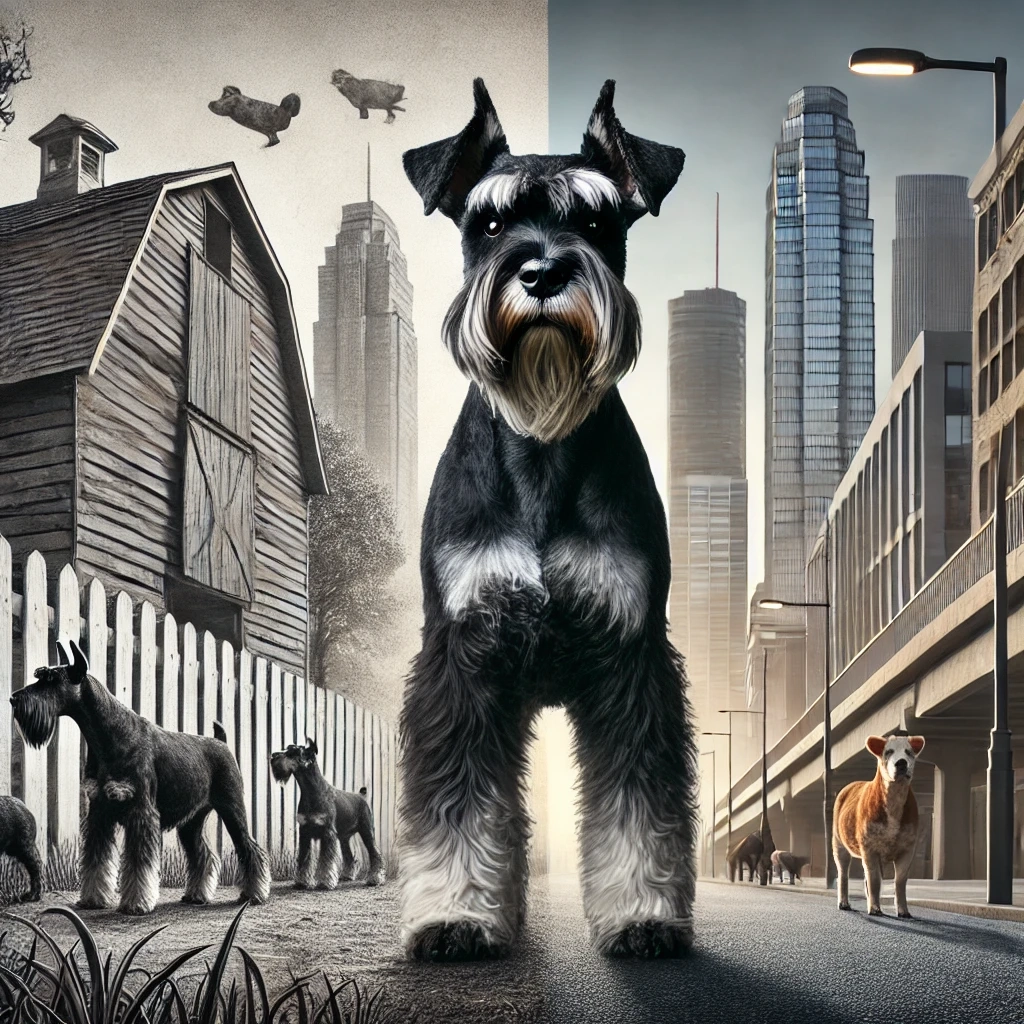
A-Giant-Schnauzer-in-an-urban-environment-showcasing-its-evolution-from-a-farm-dog-to-an-urban-guardian
As industrialization progressed in the 19th century, cattle-driving roles dwindled. However, Giant Schnauzers quickly adapted to new responsibilities. Business owners in cities like Munich started using these dogs to guard butcher shops, breweries, and other properties. Their intelligence and protective temperament made them excellent guard dogs, solidifying their reputation as loyal protectors.
Military and Police Roles: World War I and Beyond
Before World War I, military and police forces began training Giant Schnauzers for various tasks, recognizing their strength and reliability. These dogs performed roles such as guarding and delivering messages, proving their value in high-stress environments. Despite the popularity of other breeds like the German Shepherd, the Giant Schnauzer continued to thrive in working roles, particularly in law enforcement.
Recognition and Modern-Day Popularity
In the early 20th century, kennel clubs, including the American Kennel Club (AKC), recognized the Giant Schnauzer as a distinct breed. Today, this breed continues to excel in various roles, from family companion to police and military work. Giant Schnauzers also participate in competitive obedience, showcasing their intelligence and adaptability.
Conclusion
The Giant Schnauzer evolved from a farmhand to a loyal guardian with a distinguished history. Their intelligence, protective nature, and unwavering loyalty make them a perfect fit for active families or individuals seeking a dedicated companion.




